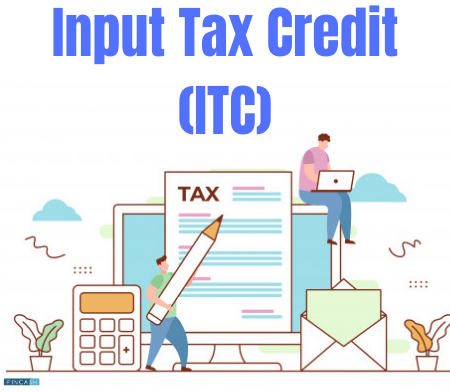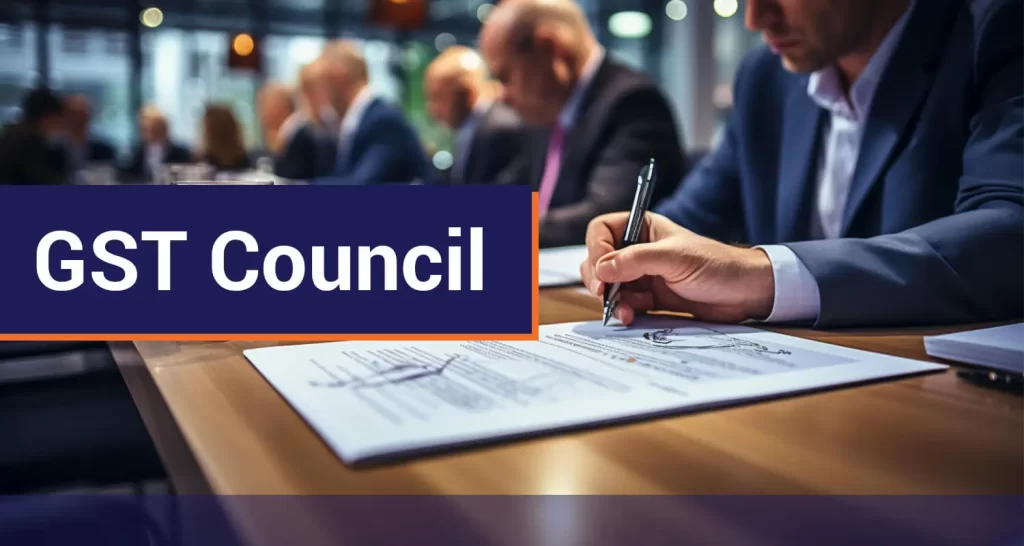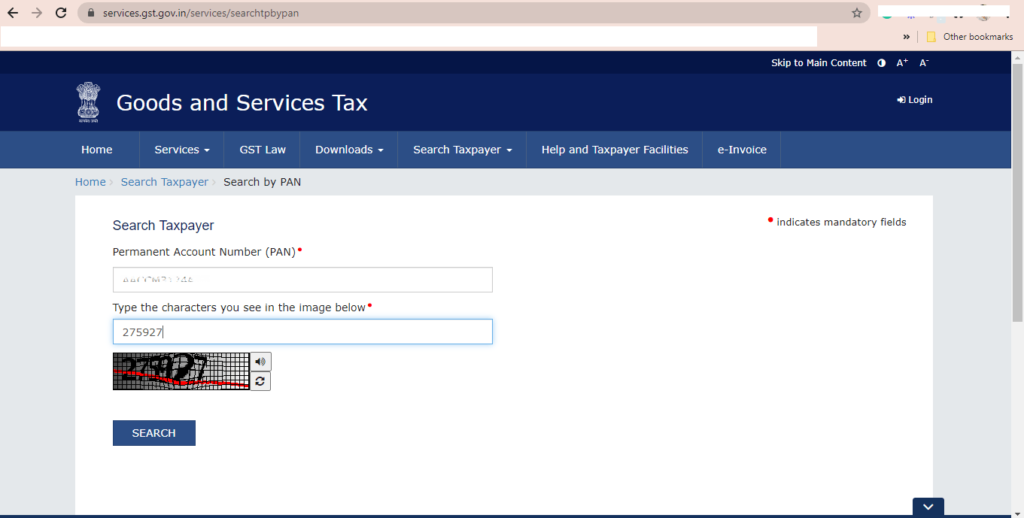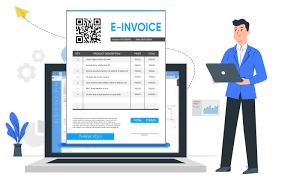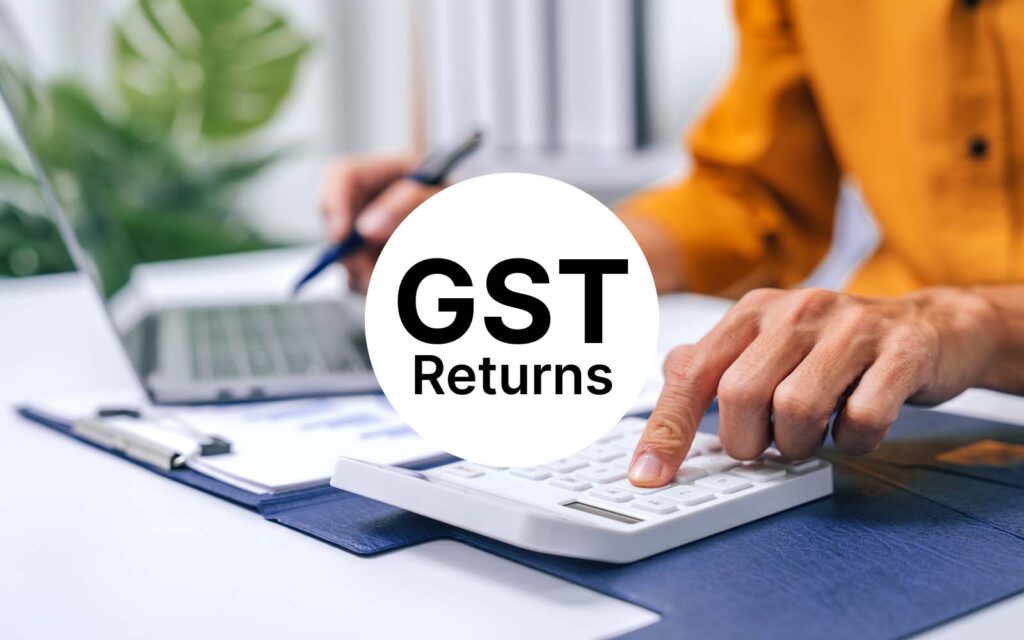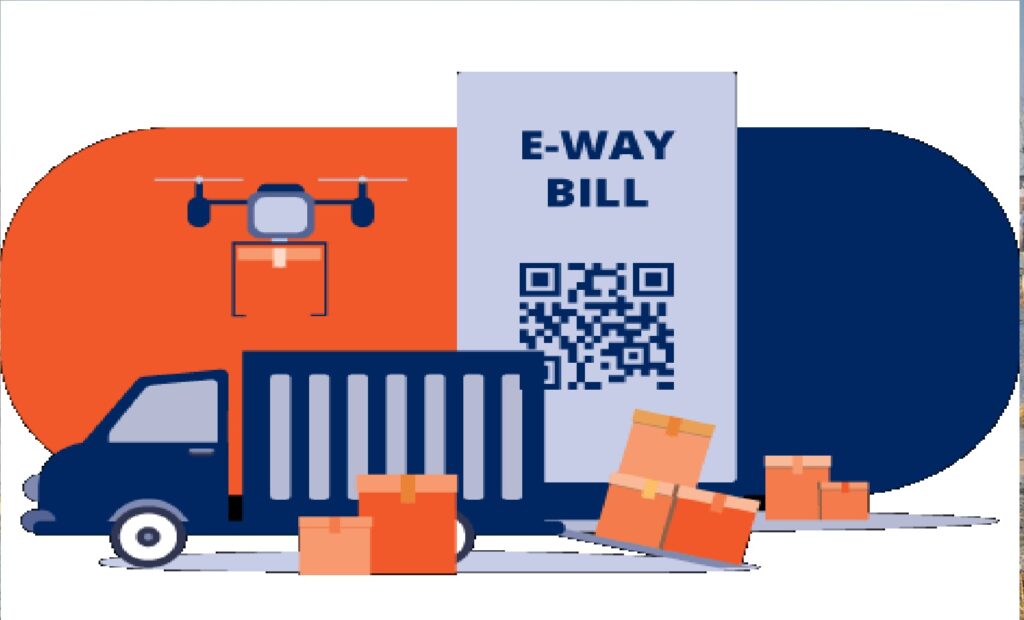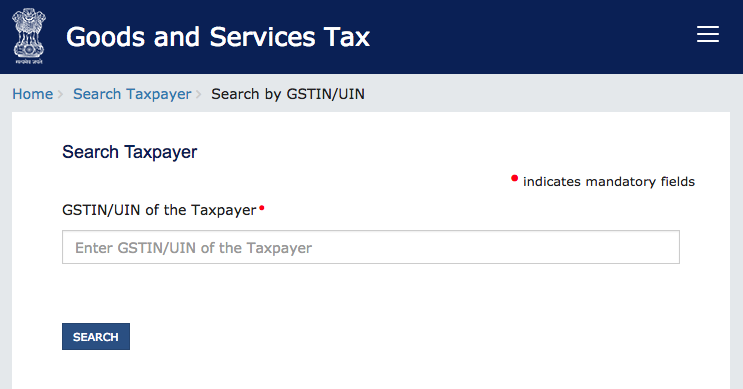Impact of GST on NGOs and Charitable Trusts
Implementation of GST has seen as a great tax reform that will unify the entire nation, as far as taxation is concerned. This has been beneficial for various sectors, at the same time, implementation of GST will have social consequences on charities and the non-profit organizations. What is GST? A person who carries any business at any place all over India and who is have registered or falls under the categories of registration of GST is a ‘Taxable Person’. The term ‘person’ also includes Company, Firm, LLP, Trust, Artificial juristic person, Government corporations, Local authorities and many more. Charitable and Religious Trust falls under the public trust which is one kind of trust. As per section 12AA of the Income Tax Act, 1961 if a public trust gets registration under this section it will get an exemption from paying tax. But with the implementation of GST things are different for these trusts also. The taxability of anything is foundbased on various laws related to taxation. The tax put on goods and services sold for domestic consumption is GST (Good and Services Tax). Under GST the definitions of terms, like business, taxable person, supply and consideration are relevant for determining taxation. Trust under Indian Law A trust is a kind of legal relationship in which the person holding a certain right gives that right to another person or entity who must keep and use it solely for the benefit of others. As per section 3 of the Indian Trust Act, 1882, trust is definedas, ‘a duty annexed to the ownership of the property which is arising out of a confidence reposed in, accepted by him for the benefits of another or of both another and the owner’. Trust can be of two types: Public Trust: The trust which works for the benefit of the public at large or where the beneficiary of the trust is not capable of ascertainment. Charitable and Religious Trust falls under this kind of trust. Charitable and Religious Trust Act, 1920, the Religious Endowment Act, 1963, etc., governs these trusts, but the Indian Trust Act, 1882, does not governthe public trust. Private Trust: The trust which works for the benefit of one or more people is a private trust. Indian Trust Act, 1882, governs private trusts. Impact of GST on Public Trusts (Charitable and Religious Trust) Implementation of GST has replaced the multiple tax system of both central and state governments. It has been beneficial to many sectors, at the same time it had a social consequence on charities and non-profit organizations. Under GST charitable and religious trusts have to pay tax on some of the services and goods supplied by them. Section 2(17) of CGST Act, 2017 (The Central Goods and Services Act, 2017) clearly states that profit-making is not an essential condition for an activity to become a business. So, activities without the aim of profit-makingare also a business. If the supply is made without any kind of consideration for purpose of business is liable to pay GST. Section 7 of the Act in which a new clause under the definition of supply was added after amendment, says that ‘the activities or transactions involving the supply of goods and services by a person, other than an individual, to its members or constituents or vice-versa, for cash, deferred payment or other valuable’. In simple, if any goods and services are sold or provided for consideration in return by any public trusts, then it becomes taxable although their aim is non-profit making. Exemption to charitable and religious trust is available only if it comes under these conditions: Charitable and Religious trusts which get registration under section 12AA of the Income Tax Act, 1961. Services provided by trusts which fall under the meaning of Charitable activities. Activities that are charitable under GST These are certain goods and services which are charitable activities as per GST: Public health services like counselling of terminally ill person, disabled person, HIV or AIDS-affected people. Moreover, people depended on drugs or alcohol. Advancement of Religion, spirituality or yoga. Advancement of educational programs or skill development related to, abandoned, orphaned or homeless children; prisoners; physically as well as mentally abused and traumatized persons; persons above the age of 65 residing in the rural area. Preservation of the environment which includes, forests, wildlife and watershed. Impact of GST on Public Trusts, while conducting any events and training program, etc. If the events, training programs, yoga camps and other programs conducted by the charitable and religious trust are free of cost then they are exempted from GST. When the participant is charged it becomes a commercial activity and will be liable to pay GST for those events. If charitable or religious trusts do any of the things mentioned below then they will have to pay GST: When any of the trust rent out rooms are charging more than Rs. 1,000 a day If open area charged more than Rs. 10,000 a day. Rent out shops at more than Rs. 10,000 a month. The goods sold by these trust is taxable and will have to pay the GST rate applicable while purchasing the supply. FAQs Are the events organized by charitable trusts exempt from GST? If trusts are running schools, colleges or any other educational institutions specifically for abandoned, orphans, homeless children, physically or mentally abused persons, prisoners or persons over age of 65 years or above residing in a rural area, such activities will be considered as charitable activities and income from such supplies will be wholly exempt from GST. What happens when a charitable trust rents out a religious place? Is there any GST on that? GST law has chalked out GST exemptions, when a charitable trust rents out religious meant for general public (owned and managed by a registered charitable trust under 12AA of the Income Tax Act, 1961). GST will be exempted when: Rent out rooms are charged lesser than Rs.1,000 a day Kalyanamandapam or an open area is charged lesser than Rs.10,000 a day Rent out shops and
Impact of GST on NGOs and Charitable Trusts Read More »

